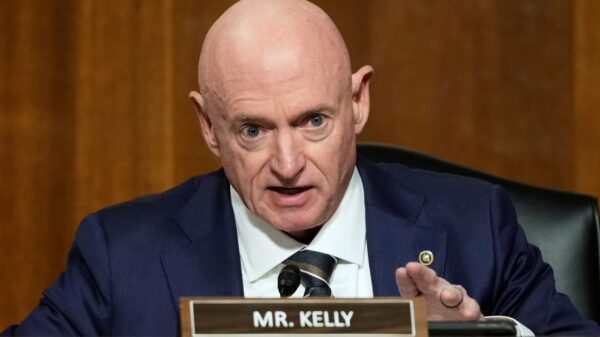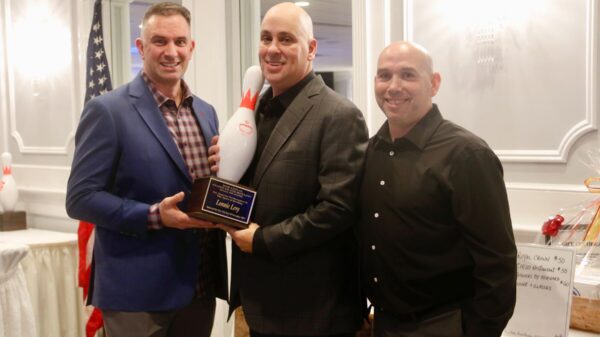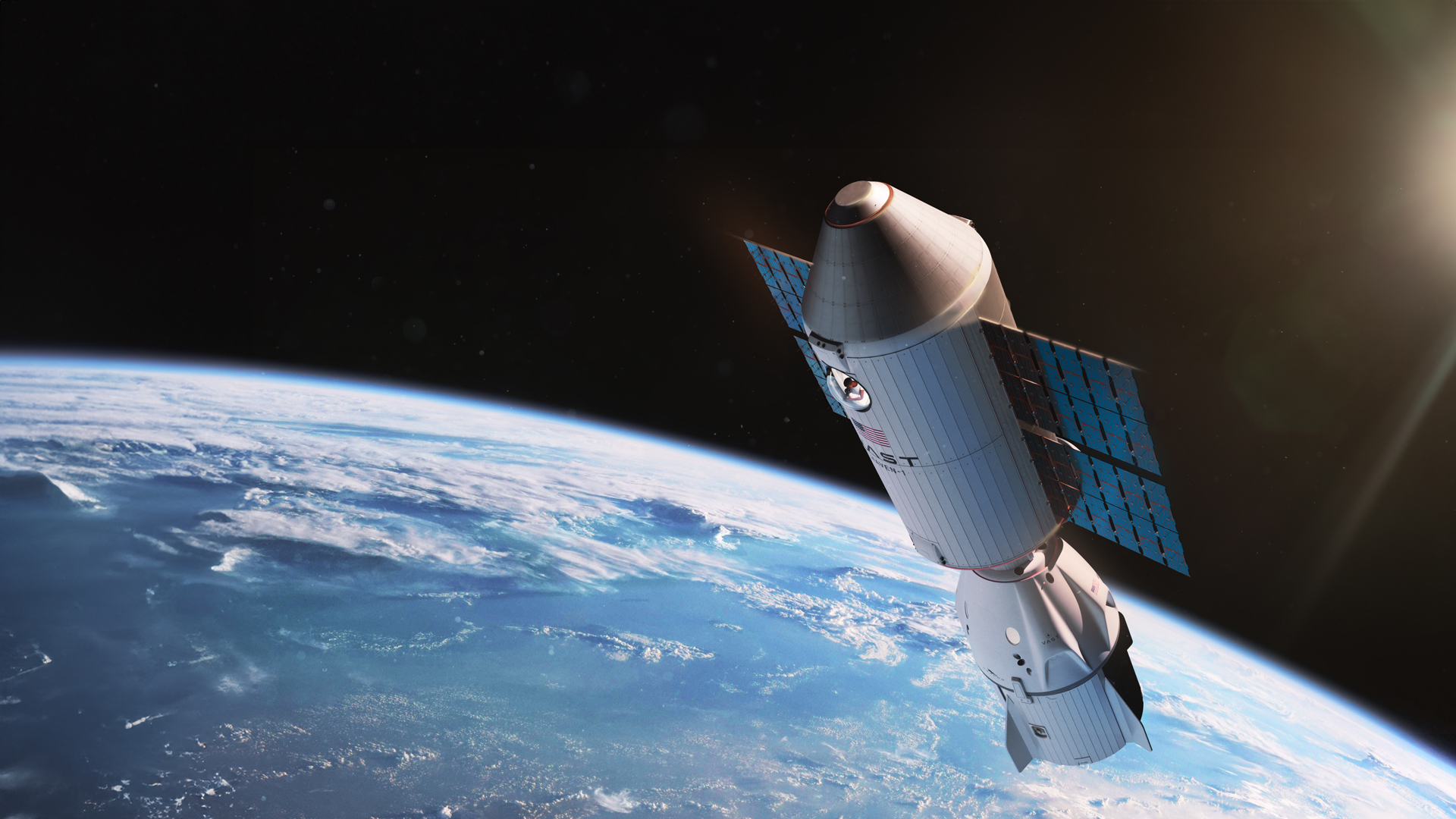Government investment is driving significant advancements in the development of a circular space economy, with increased interest in commercial space stations, satellite servicing, and space logistics. This insight emerged during the International Astronautical Congress held in Sydney, Australia, where industry leaders discussed the role of government in shaping the future of space operations.
Chris Blackerby, chief operations officer of Astroscale, noted on September 30 that demand from government entities, particularly in defense, is crucial for the sector’s growth. “We see a steady increase in interest, primarily from defense, around the capabilities that we can provide but also civil-government demand,” he stated during a panel discussion. Blackerby emphasized that the development of a “space neighborhood” with diverse capabilities hinges more on government investment than on commercial demand.
The importance of government contracts is echoed by Dana Baki, chief commercial and people officer of The Exploration Company. Her organization is currently addressing the needs of the European Space Agency by facilitating cargo transport to the International Space Station. Baki highlighted that while initial demand stems from government projects, future missions will expand to include new space stations like the Vast station.
Shifts in market focus are also evident among startups. Atmos Space Cargo, a German company, recently adapted its business model to cater to the growing demand for microgravity research and manufacturing. Co-founder and chief technology officer, Jeffrey Hendrikse, explained the pivot: “When we started Atmos, it was not about microgravity… but wise investors nudged us in this direction.” The company now aims to provide rapid access to and from orbit, specifically targeting transportation from low-Earth orbit to Earth.
Vast Space, another key player in the sector, is concentrating on cost reduction rather than generating new demand. CEO Max Haot stated that NASA aims to reduce its annual spending from $3 billion to approximately $1 billion while maintaining or increasing operational output. Haot underscored that Vast’s initial strategy focuses on executing tasks more efficiently, which could lead to profitability even within the current market landscape.
The implications of these developments are substantial. As costs associated with manufacturing in microgravity decrease, new markets for organ production, semiconductor manufacturing, and pharmaceuticals may emerge, creating opportunities that align with the principles of a circular economy.
The ongoing dialogue at the International Astronautical Congress reflects a consensus among industry leaders that government investment is essential for fostering innovation and sustainability in space operations. As commercial and governmental interests converge, the vision of a circular space economy is becoming increasingly tangible.








































































